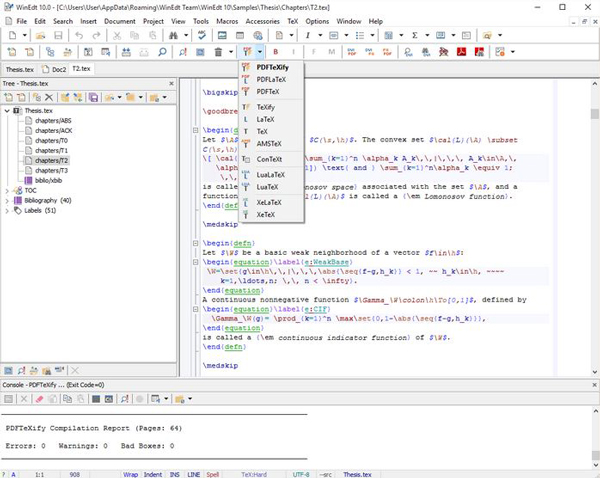

More thinking occurred throughout the entire process. Because pre-Internet printing required so many steps, so many different people, so much physical craftsmanship, and so much waiting, there were more artistic layers between the author’s original thoughts and the final arrangement of letters and figures on pages. Most importantly, it’s reminded me just how much of an art the presentation of all language has always been. It’s also motivated me to continue to strive for elegance in the presentation of math-something I feel like my profession has largely neglected in the Microsoft Office era of the last twenty years. It’s made me more grateful for the writing tools I have today-tools that I can use to simplify and improve the presentation of quantitative concepts to other actuaries. We have it vastly easier than any previous stage of civilization, and I think it’s critically important for those of us that write math to have at least a basic awareness of the history of mathematical typesetting.įor me, knowing this history has had several practical benefits. While LaTeX and similar variants produce the highest quality digital math type, these frameworks also have much more of a learning barrier than general word processing.īut these modern quibbles are much more the fault of hedonic adaption than any of the tools available to us today. In pre-digital times, equation-laden texts were known as “penalty copy” because of the significant additional time and expense it took to set math notation for printing presses.Įven when modern word processors like Microsoft Word include equation editors, they tend to be difficult to use and often produce unpleasing results. No matter how hard it’s ever been to create printed text, creating printed math has always been even harder. This brings the typesetting of mathematics closer to a form of data visualization than regular printed text. Mathematical symbols are themselves a language, but they are fundamentally a visual representation of human-conceived knowledge-knowledge that would be too inefficient to convey through verbal explanations. Someone typesetting mathematics is less a “typist” and more an artist attempting to render abstract data on a two-dimensional surface. I’ve always felt like constructing printed math was much more of an art form than regular typesetting. Math fonts from six different type systems, courtesy Chalkdust


 0 kommentar(er)
0 kommentar(er)
